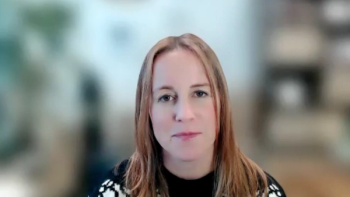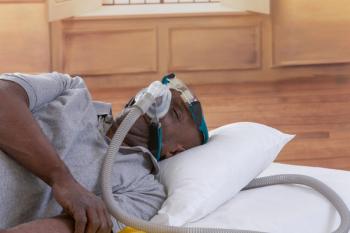
Lotilaner Is Effective, Accessible Method of Treating Demodex Blepharitis
I. Benjamin Gaddie, OD, FAAO, summarized the best forms of treating and managing demodex blepharitis.
During the
This transcript has been lightly edited for clarity; captions were auto-generated.
Transcript
What are the best ways of treating and managing demodex blepharitis?
First of all, making the diagnosis is the seminal event in demodex blepharitis, and it's really the easiest thing I think there is in all of eye care to do. You simply have the patient look down at the slit lamp and you're looking at the base of the lashes for collarettes. Once you see a collarette that is pathogenomic for demodex blepharitis, really no other diagnostic test is needed. When I have that, I now have an FDA-approved drug in Xdemvy, which is lotilaner [ophthalmic solution], and we use that twice a day for 6 weeks, and nearly 8 out of 10 patients get down to 10 or less colarettes from a baseline of around 150. It works quickly. It works well. It's safe and well tolerated, so it's an easy drug to reach for. I don't have to worry about if they're going to be able to tolerate it, or if it's even going to work
How can patients access treatment should they need it? How accessible is treatment?
With lotilaner, Xdemvy, from TarsusRX, the access program is a little nuanced. It takes some practice to sort through it, but once you do it's a really simple process. In our area, we use a specialty Walgreens. They only do eye and ear, nose, and throat drugs, and they know how to access the patient programs that allow for the buy down of the co-pays and the various methods to get the drug at an accessible price. I would say today, 85% of my patients are getting the drug for $60 or less. But it does take some work on the doctor side, prior authorizations, and just communicating with the patient.
Newsletter
Stay ahead of policy, cost, and value—subscribe to AJMC for expert insights at the intersection of clinical care and health economics.













































